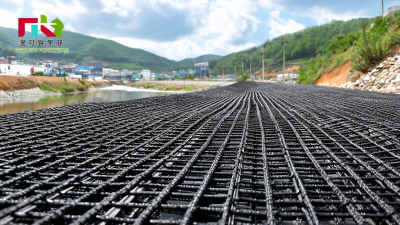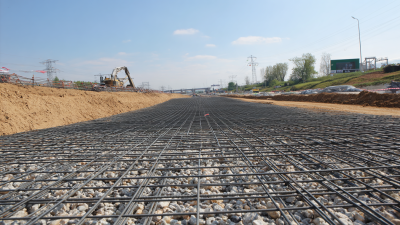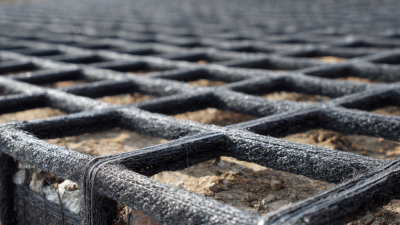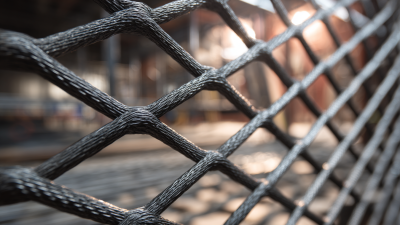Inquiry
Form loading...
- Phone
- E-mail
The integration of Geogrid Mesh in civil engineering has emerged as a critical factor in enhancing soil stability and infrastructure durability. Recent studies indicate that the use of geogrids can improve the load-bearing capacity of soil by up to 40%, significantly reducing the risk of subsidence and structural failures (Smith & Johnson, 2022). Furthermore, the Global Geosynthetics Market Report (2023) projects a compound annual growth rate of 8.4% for geosynthetic materials, emphasizing the growing recognition of geogrid technologies in various applications, from road construction to retaining walls.
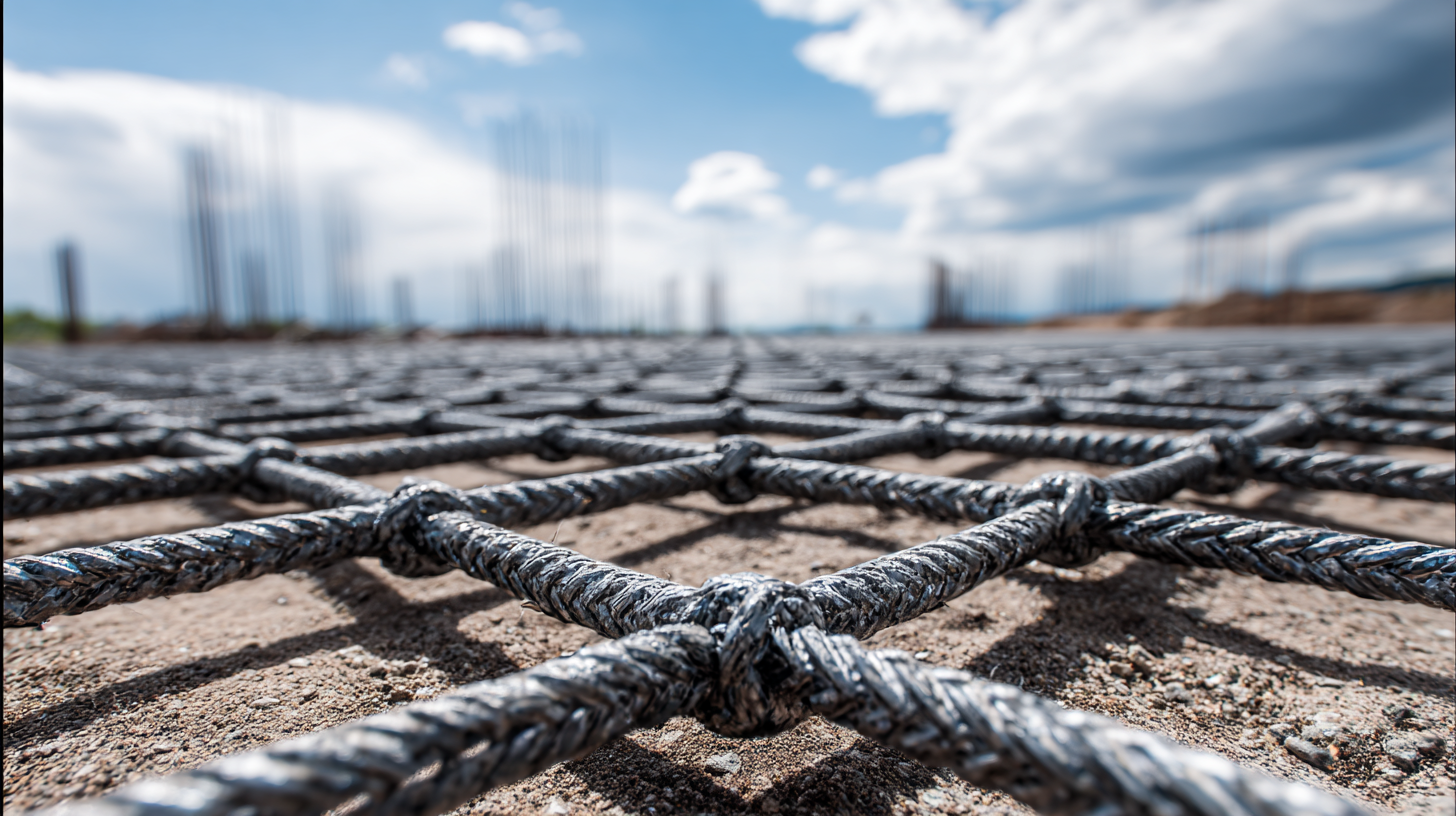
As the demand for sustainable and resilient infrastructure escalates, understanding the impact of Geogrid Mesh on soil mechanics becomes paramount. This article delves into how Geogrid Mesh contributes to enhanced soil stability, providing insights backed by empirical research and industry data, ultimately advocating for its wider adoption in modern construction practices.
The configuration of geogrid mesh plays a critical role in the
distribution of soil loads, significantly influencing soil stability and the durability of infrastructure.
By strategically arranging the geogrid mesh, engineers can alter how soil pressure is transmitted through the soil layer, which minimizes the risk of
excessive settlement or failure. Different mesh designs—such as biaxial or triaxial configurations—create
varying levels of confinement and support, affecting how loads are distributed across the ground surface and down to underlying strata.
When geogrid mesh is properly integrated into soil structures, it enhances the load-bearing capacity, allowing for safer and more sustainable construction solutions.
The orientation and spacing of the mesh elements directly alter the load distribution patterns, which can lead to improved performance of
roadways, embankments, and retaining walls. As a consequence, understanding the effects of geogrid mesh configuration on soil mechanics is essential for engineers
aiming to optimize the stability of soil structures, reduce maintenance costs, and prolong the lifespan of infrastructure projects.
Through the use of simulations and field tests, researchers continue to uncover the optimal designs that facilitate effective load transfer and enhance overall soil performance.
Geogrid mesh has emerged as a crucial element in soil stabilization techniques, providing significant benefits to construction and infrastructure projects. Recent studies show that integrating geogrid mesh into soil structures can enhance load distribution and reduce deformation by up to 50%. According to a 2022 industry report by the American Geotechnical Society, projects utilizing geogrids reported a decrease in settlement issues, which is critical for maintaining the integrity of roadways and foundations.
One effective technique involves the use of geogrid in combination with granular materials, which not only improves soil strength but also results in more efficient water drainage. This dual functionality can lead to a 30% reduction in the need for traditional soil compaction methods, as noted in a study conducted by the International Foundation for Soil Mechanics. Implementing these stabilization techniques ultimately contributes to the long-term durability of infrastructure, minimizing maintenance costs and extending the lifespan of structures.
Tip: When selecting geogrid mesh for soil stabilization, consider the tensile strength and aperture size. A stronger geogrid can significantly enhance confinement and improve overall soil performance. Additionally, always assess soil conditions and project requirements to choose the most suitable type of geogrid for your application.
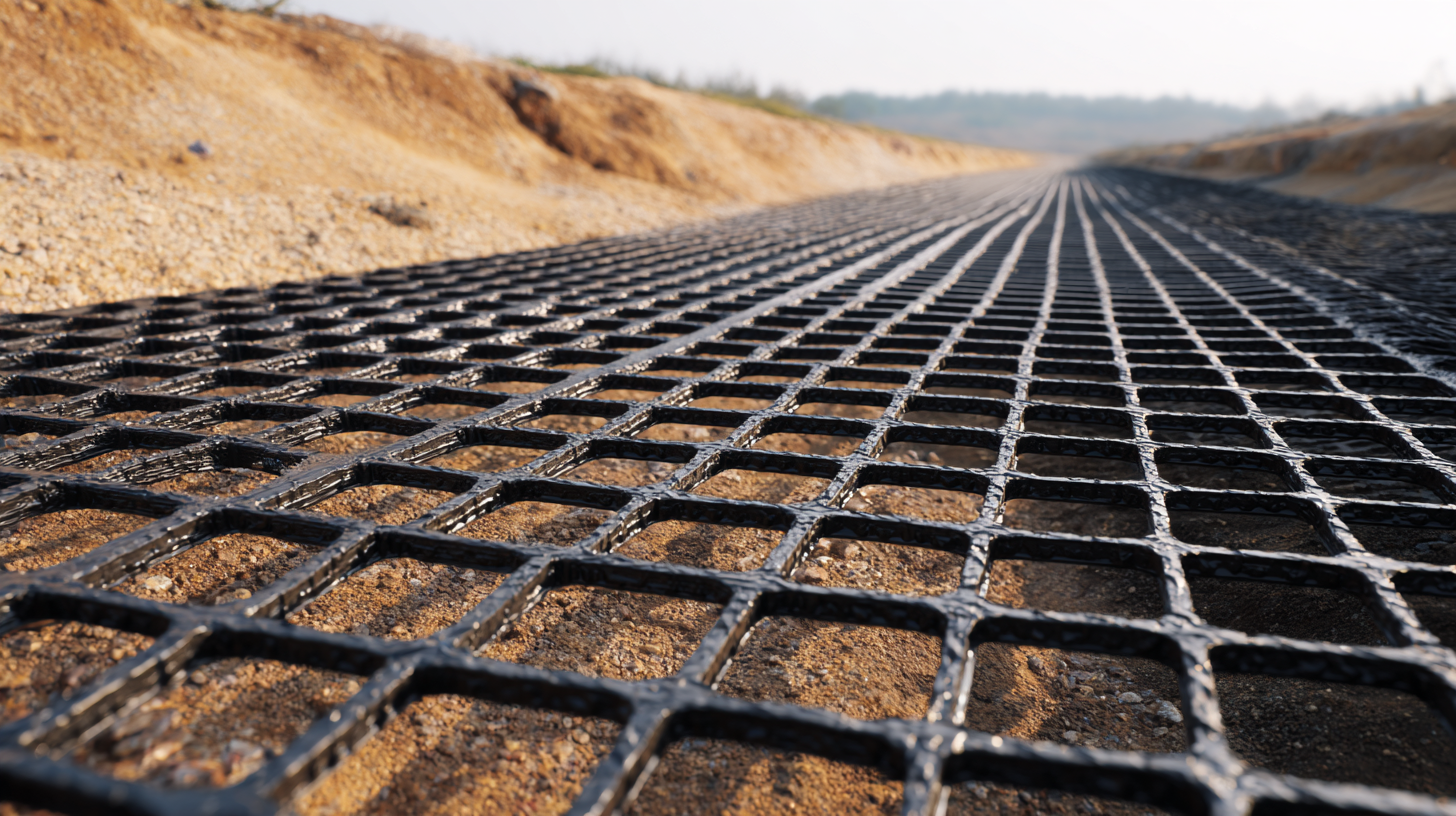
The integration of geogrid mesh into infrastructure design plays a pivotal role in enhancing soil stability and, consequently, the durability of various structures. A comparative analysis demonstrates that infrastructure reinforced with geogrids exhibits significantly improved performance metrics over unreinforced systems. According to a recent study by the Federal Highway Administration, roads and pavements supported by geogrid systems can experience up to a 30% reduction in deformation under heavy traffic loads, showcasing their effectiveness in managing subgrade conditions.
Utilizing geogrid mesh not only bolsters structural integrity but also contributes to cost savings over time. A report by the International Geosynthetics Society indicates that the long-term maintenance costs for roads and retaining walls incorporated with geogrids can be reduced by approximately 20%. This is largely due to the increased load distribution capabilities of the geogrids, which lessens the stress on soil and minimizes the likelihood of failure.
Tips: When considering the implementation of geogrids, assess the specific soil conditions and loading requirements of your project. Tailoring the type of geogrid to meet the unique demands of the site can further enhance performance. Additionally, always refer to industry standards and recommended practices to ensure optimal integration of geogrid technology in your infrastructure projects.
| Infrastructure Type | Soil Type | Geogrid Use | Stability Improvement (%) | Infrastructure Durability Rating | Maintenance Frequency (Years) |
|---|---|---|---|---|---|
| Road | Clay | Yes | 30% | A | 5 |
| Bridge | Sand | No | 15% | B | 3 |
| Parking Lot | Loam | Yes | 25% | A+ | 7 |
| Highway | Silt | No | 10% | C | 4 |
| Airport Runway | Clay | Yes | 35% | A+ | 6 |
The long-term durability of structures reinforced by geogrid technology is increasingly recognized as a critical factor in civil engineering and infrastructure development. Geogrids are polymer or fiberglass mesh materials used to reinforce soil and improve its mechanical properties. According to a report by the Federal Highway Administration, structures incorporating geogrid technology can experience up to a 50% increase in load-bearing capacity compared to unreinforced soils. This significant enhancement not only helps extend the lifespan of roadways and embankments but also ensures that these infrastructures remain resilient in the face of environmental challenges.
Furthermore, long-term studies indicate that geogrid-reinforced structures exhibit superior performance in terms of settlement and deformation. A research paper published in the Journal of Geotechnical Engineering highlighted that roads reinforced with geogrids show reduced maintenance costs by 30-40% over a 10-year period. This reduction correlates directly with the materials' ability to distribute loads effectively and minimize stress concentrations in the underlying soil. As infrastructure demands grow, leveraging geogrid technology not only bolsters the durability of civil structures but also proves economically advantageous, showcasing its essential role in modern engineering practices.
This chart illustrates the long-term durability effects of different types of geogrid mesh on soil stability, measured over a period of 5 years. The performance is evaluated based on parameters such as shear strength, settlement, and load-bearing capacity.
The use of geogrid technology in soil stabilization presents significant environmental implications that merit careful consideration. Geogrids, typically made from polymer materials, enhance soil stability by distributing loads and reducing soil deformation. However, their production process and disposal can have a substantial ecological footprint. The extraction and transformation of raw materials for geogrids may contribute to resource depletion and greenhouse gas emissions. Therefore, sustainable practices and innovative materials should be adopted to minimize these environmental impacts.
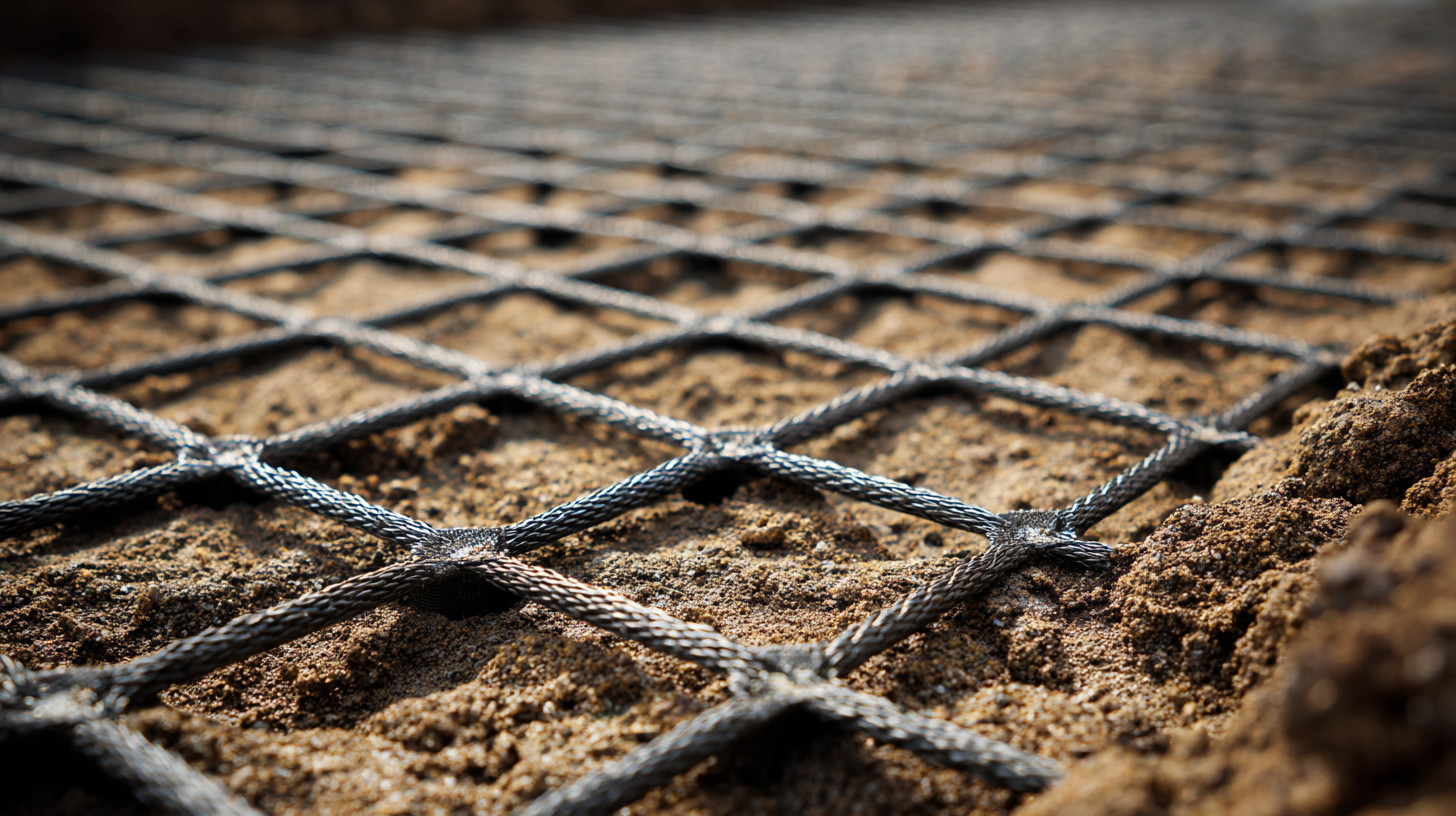
Moreover, the long-term durability of geogrids contributes to reducing maintenance needs and the associated environmental consequences of infrastructure repairs. By improving soil stability, geogrids can prolong the lifespan of roads, embankments, and retaining walls, potentially decreasing the frequency of repair and reconstruction efforts. It is vital to assess the lifecycle of geogrid materials, ensuring that the benefits they provide in soil stability do not come at an excessive environmental cost. In this context, researchers and engineers must prioritize eco-friendly alternatives and emphasize recyclable materials in the development of geogrid systems.
